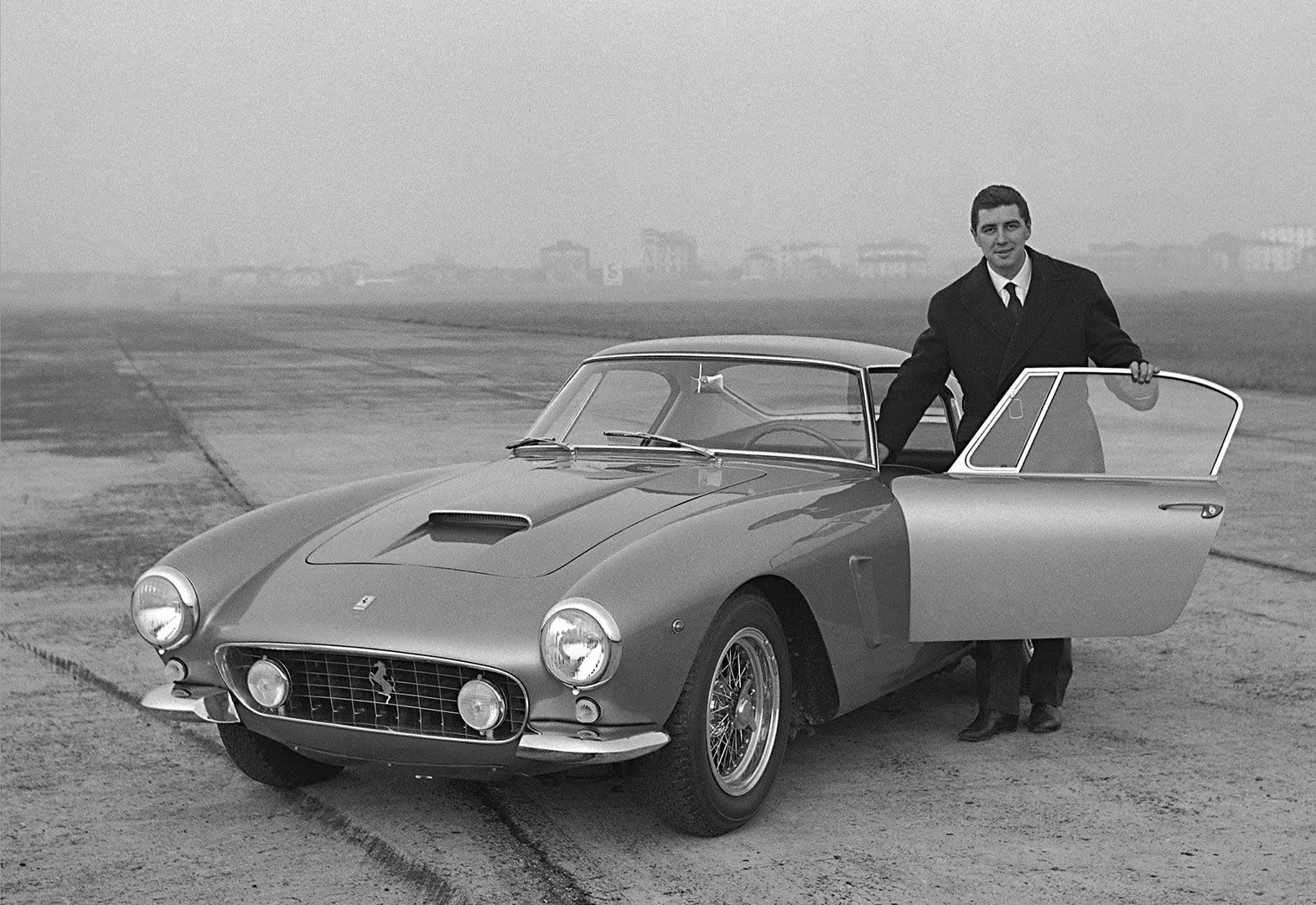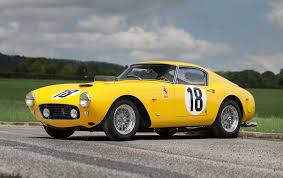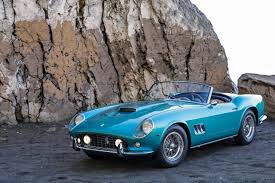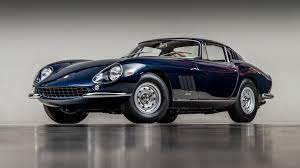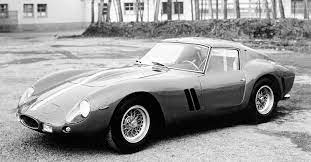The Ferrari 250 SWB made its debut in 1959 at the Paris Auto Salon, and it quickly became one of the most sought-after sports cars of its time. This two-seat, front-engine, rear-wheel-drive coupe was designed by Pininfarina, with input from Sergio Scaglietti, and it was produced in a limited quantity from 1959 to 1962. The “SWB” designation referred to its short wheelbase, distinguishing it from the long wheelbase (LWB) version of the Ferrari 250 GT.
Production History
- Design and Development
The development of the 250 SWB was driven by a desire to create a more competitive and agile sports car for racing. The chassis was based on the 250 GT Coupe, but it was significantly shortened to improve handling. The bodywork was made from lightweight aluminum, contributing to the car’s overall performance. - Engine
The 250 SWB was powered by a 3.0-liter V12 engine derived from the Colombo engine series. This engine was capable of producing around 240 to 280 horsepower, depending on the specific variant and tuning. It featured triple Weber carburetors and was mated to a 4-speed manual gearbox. - Variants
There were several variations of the 250 SWB produced during its production run. Notable variants included the steel-bodied road car, the aluminum-bodied Competizione (or “Comp”) version, and the later ’61-’62 GTO-style cars that featured a more aggressive body design. - Production Numbers
Ferrari produced a total of 176 units of the 250 SWB, making it a relatively exclusive model in Ferrari’s history. This exclusivity only added to its desirability among collectors and enthusiasts.
Racing History
The Ferrari 250 SWB’s racing history is perhaps even more illustrious than its production history. It quickly became a dominant force in various motorsport events, earning a reputation for its speed, agility, and reliability.
- Tour de France Automobile
The 250 SWB’s name pays homage to its victories in the Tour de France Automobile, a grueling endurance race that spanned thousands of miles across France. Ferrari first competed in the event in 1956 with the 250 GT Berlinetta, and the SWB variant continued this tradition. In 1960, the 250 SWB achieved a remarkable 1-2-3 finish in the Tour de France, solidifying its racing prowess. - World Sportscar Championship
The 250 SWB also participated in the World Sportscar Championship, competing in endurance races like the 12 Hours of Sebring and the 24 Hours of Le Mans. While it faced stiff competition from other manufacturers like Aston Martin and Jaguar, the 250 SWB often emerged as a formidable contender, securing multiple podium finishes. - Goodwood Revival and Vintage Racing
Even after its racing heyday, the 250 SWB continued to make appearances in vintage racing events, including the famous Goodwood Revival. These events allowed enthusiasts to witness the car’s timeless beauty and performance capabilities. - Notable Drivers
The 250 SWB was driven by some of the most legendary racing drivers of the era, including Stirling Moss, Phil Hill, Olivier Gendebien, and many others. These drivers contributed to the car’s racing successes and added to its legacy.
Legacy and Influence
The Ferrari 250 SWB left an indelible mark on the automotive world and racing history. Its successes on the track solidified Ferrari’s reputation as a dominant force in motorsport during the 1960s. Beyond racing, the 250 SWB’s elegant design and high-performance capabilities made it a symbol of automotive excellence.
- Collectibility and Value
Today, the Ferrari 250 SWB is one of the most sought-after and valuable classic cars in the world. Collectors pay astronomical sums to acquire these rare and historic vehicles, further cementing their status as automotive icons. - Influence on Future Ferrari Models
The lessons learned from the 250 SWB’s development and racing experiences influenced the design and engineering of subsequent Ferrari models. The combination of a lightweight chassis, powerful engine, and precise handling became a hallmark of Ferrari’s sports cars for decades to come. - Cultural Impact
The 250 SWB’s appearances in films, books, and popular culture have made it a symbol of luxury, performance, and timeless design. Its distinctive curves and aggressive stance continue to inspire automotive enthusiasts and designers.
In conclusion, the Ferrari 250 SWB is a legendary sports car that has left an indelible mark on the world of automotive production and racing. With its stunning design, powerful engine, and numerous racing victories, it represents the pinnacle of 1960s sports car engineering and remains an object of desire for collectors and enthusiasts alike. Its legacy endures not only in the world of classic cars but also in the broader context of automotive history and culture.

William Ross, Founder, Exotic Car Marketplace
The Exotic Car Marketplace founded by William Ross provides private client services to the discreet Ferrari and Porsche buyer and seller. We provide our clients with the discretion that they desire. With our experience and access to the most desired vehicles in the marketplace we can source that specific vehicle you require or sell your vehicle to one of our existing clients that is looking for that specific model.


